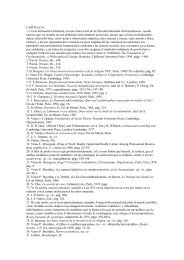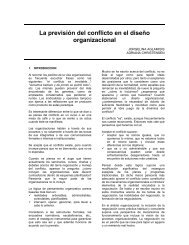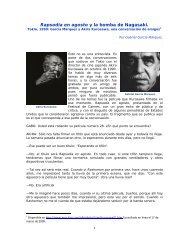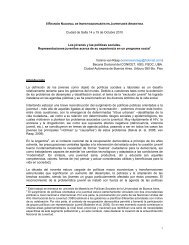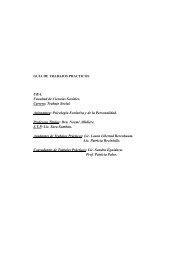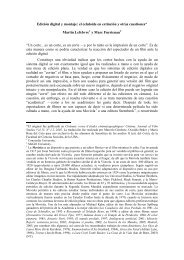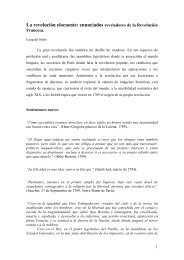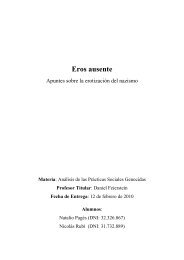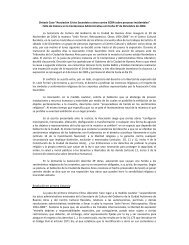Charisma Reconsidered
Charisma Reconsidered
Charisma Reconsidered
You also want an ePaper? Increase the reach of your titles
YUMPU automatically turns print PDFs into web optimized ePapers that Google loves.
12<br />
instead, because the ‘combination’ seems to occur between elements that are<br />
antithetical and conceptually uncombinable by definition. Nevertheless, ironically,<br />
it is precisely in the cases of combinations of this kind that Weber is best able to<br />
identify recognizable and compelling examples of actual historical individuals.<br />
And this suggests that the conceptual machinery that he has used to specify the<br />
concept rather than the human reality and applicability of the concepts themselves<br />
is the source of our difficulties with the concept.<br />
The problem could be put in a somewhat different way. On the one hand,<br />
Weber has a long and impressive series of actual cases, both individual and<br />
institutional, among which one can see a variety of affinities, and which can be<br />
grouped under the heading ‘charisma’. Jesus, like Napoleon, is a plebiscitarian<br />
leader who asks simply to be followed and obeyed unconditionally. Something like<br />
this ‘devotional’ aspect appears in many other contexts, including those in which<br />
there are high levels of both discipline and instrumental rationality. And there is a<br />
sense in which politics is inherently a business in which there can be no complete<br />
‘contract’, but in which there is some element of unconditional obedience or<br />
trust. Approaching the phenomenon of charisma through ‘affinities’ in this way<br />
yields a large and heterogeneous category of phenomena, but one that is<br />
nevertheless recognizable, trans-historical and distinctive. Weber’s own usage fits<br />
with this broad sense of the concept. But as soon as we attempt to ‘theorize’<br />
charisma, we are forced either to treat it as a residual category, which does not fit<br />
with its best examples, such as the hybrid cases discussed here, or to assimilate it to<br />
the case of individual leader charisma, which fails to account for cases with clear<br />
affinities, such as the divinization of the Roman Emperors or the deference shown<br />
to juries.<br />
Shils: <strong>Charisma</strong> as Sacralization<br />
Edward Shils’ account of the idea of the primacy of institutional charisma was an<br />
attempt to understand institutions and particular patterns of social interaction as<br />
acquiring their special properties from their charismatic character, viewed as a<br />
product of their connection to the central institutions of society, which themselves<br />
had a sacred character (1975: 111–238). The whole notion of central institutions<br />
in this sense is obviously alien to Weber, and Shils did not treat him as a source for<br />
these ideas, but rather, as he recounts his own intellectual history, at various points<br />
he came to recognize the multiform manifestations of the concept of charisma in<br />
a variety of settings. His reasoning is perhaps clearest in one of his most impressive<br />
papers, ‘Deference’ (1975: 276–303).<br />
In that paper, Shils examined a quite ordinary social phenomenon,<br />
deference, which in some sense could be easily understood simply as a matter of<br />
mindless custom, of unwritten rules, such as the use of familiar forms of address,<br />
or the behavior of waiters in restaurants, and so forth, rules and customs that<br />
point back to a less democratic social world whose forms are, for no particular<br />
JOURNAL OF CLASSICAL SOCIOLOGY VOL 3(1)



